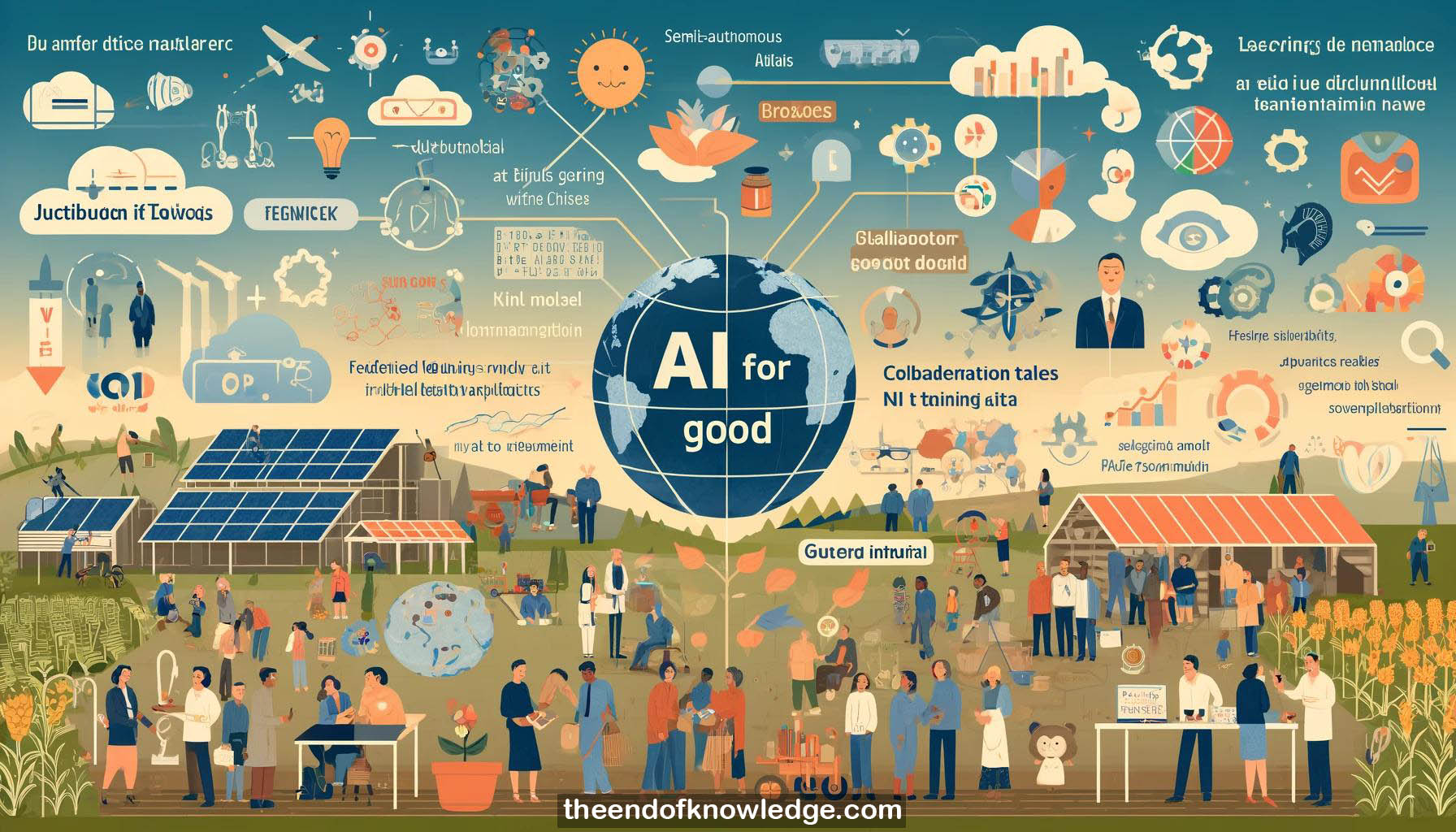 >
>
Concept Graph & Resume using Claude 3 Opus | Chat GPT4o | Llama 3:
Resume:
1.- Xenia Fonten from ITU introduces the AI for Good Breakthrough Days, which aims to identify practical AI applications to advance the SDGs.
2.- Andrew Tate from X Prize moderates and introduces keynote speaker Sasha Luccioni from Mila AI Institute.
3.- Sasha explores what makes AI "good" - is it the application domain, problem solved, positive impact, intentions, or all of these?
4.- AI holds potential to address major challenges like poverty, food scarcity and climate change, but good intentions alone aren't enough.
5.- Success stories: Stanford's bottom-up approach, Computational Sustainability Network's top-down method, and van der Scharz group's rapid COVID-19 tool deployment.
6.- Cautionary tales: COMPAS judicial system bias, UK exam result prediction bias, Africa anti-poaching facial recognition flaws.
7.- Pitfalls: viewing AI as magical fairy dust for positive impact without concrete solutions, using AI to experiment on vulnerable populations.
8.- Recommendations: Ask the right questions, include the right people, be transparent about risks/benefits/limitations.
9.- Ask if we're solving the real problem or a proxy, if AI is the right solution, where data comes from.
10.- Include stakeholders, empower people who will use the AI, engage diverse voices/ideas beyond typical Western AI hubs.
11.- Be transparent about risks/benefits, scope/limitations, how bias is checked, what happens with false positives, who makes final decisions.
12.- AI for good requires more than technology - it takes collaboration across disciplines, social engagement, policy changes.
13.- Hanin Kaluff introduces the two Gender Equity track teams: Global Judicial Integrity Network and Umeå/Uppsala Universities.
14.- Roberta Solis presents the UN project to develop global recommendations for judiciaries to address gender bias in AI systems.
15.- Gender bias in judicial AI risks unequal access to justice and fair trials for women, especially in gender-based violence cases.
16.- Solution: global guidelines, repository of practices, self-assessment guide for judiciaries. Dissemination through UN channels and partners is key.
17.- Collaborators needed for research, AI/gender expertise, pilot testing, dissemination. Guidelines aim to become international standards adopted by judiciaries.
18.- Caroline Kolta introduces the two Future of Food track teams: Grow Next and Radiant Earth Foundation.
19.- Maurice Zundars presents Grow Next's semi-autonomous growth modules using IoT, AI and apps to efficiently grow fresh food in megacities.
20.- Grow Next uses digital crop growth recipes to optimize nutrition, safety, freshness and taste. B2B then B2C go-to-market strategy.
21.- Team seeks expertise in engineering, plant science, analytics, and local partners in megacities. Goal to increase access to healthy food.
22.- Andrew Tate introduces the Pandemic track team COVID Sense, using smartphone data and AI to detect early COVID-19 symptoms.
23.- Leontius Tyriades explains how COVID Sense collects metadata, self-reported symptoms, breathing/cough sounds, heart rate for AI risk assessment.
24.- Federated learning protects data privacy. Aims to empower people for health self-management and guide policymakers. Seeking country ambassadors and collaborators.
25.- Hanin re-introduces Hannah Davini presenting the Umeå/Uppsala team's work on detecting gender bias in natural language processing training data.
26.- NLP systems exhibit gender biases (e.g. in translation, job applicant filtering) that harm people. More balanced data can help.
27.- Team developed methods to surface implicit gender biases in training data for English/Swedish. Expanding to more languages/social dimensions needed.
28.- Caroline re-introduces Hamed Mohammed presenting Radiant Earth's satellite data and AI approach to map crops and optimize food production.
29.- Hamed explains the need to grow crops more efficiently to meet demands while reducing environmental damage. Global solutions are needed.
30.- Radiant Earth uses satellite imagery, cloud computing, AI/ML to map croplands and generate future optimal sustainable farming scenarios. Seeking funding and partners.
Knowledge Vault built byDavid Vivancos 2024